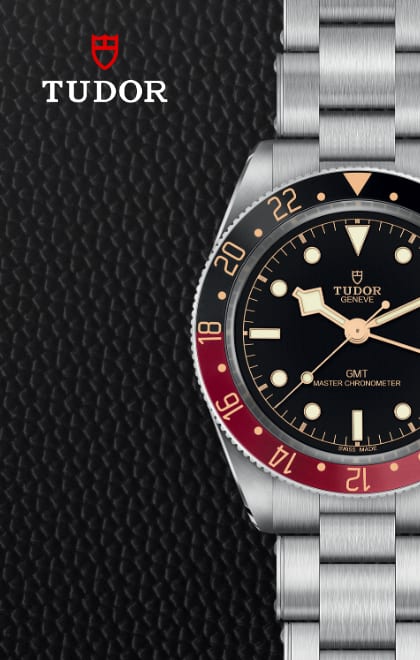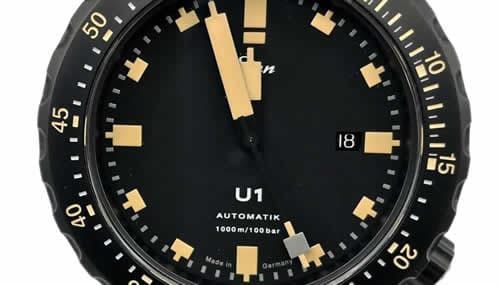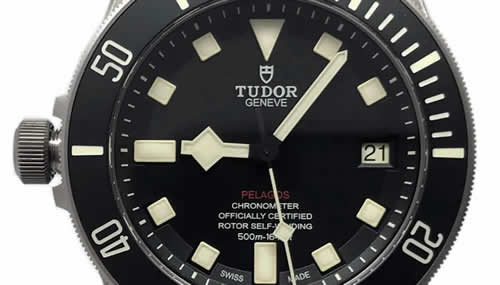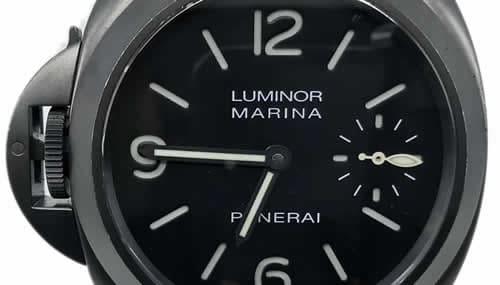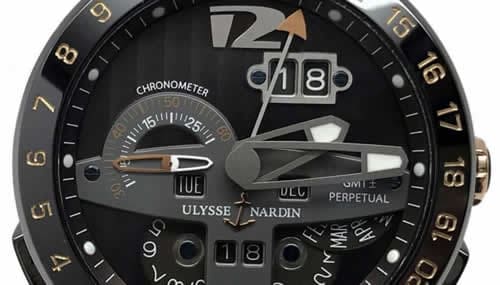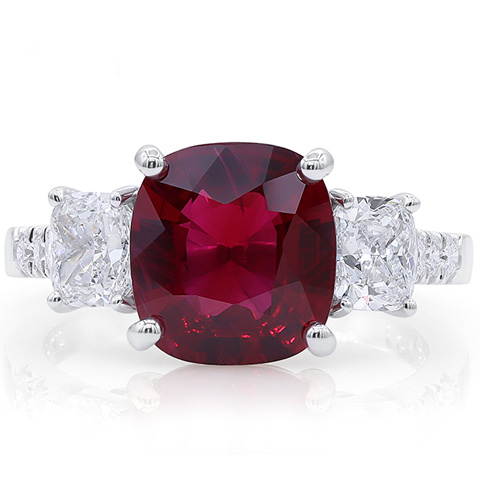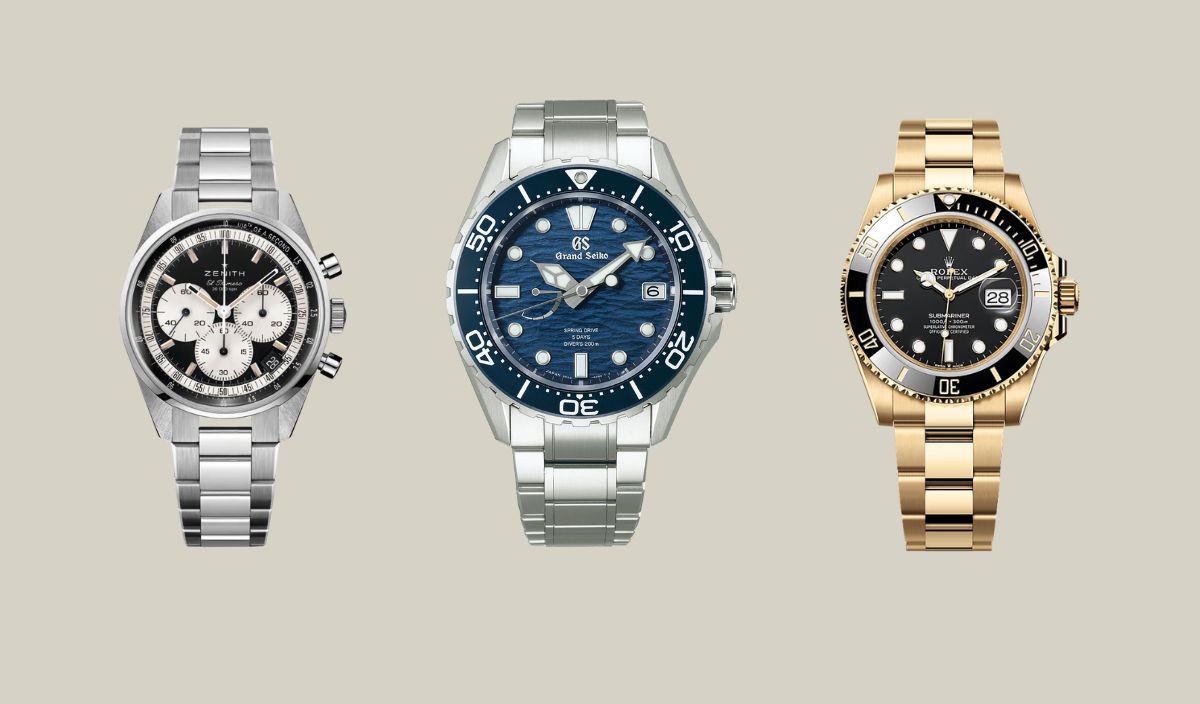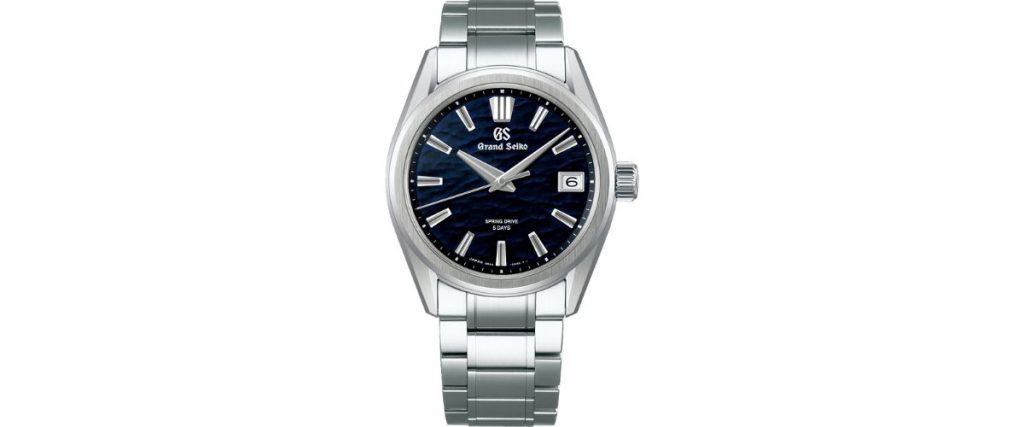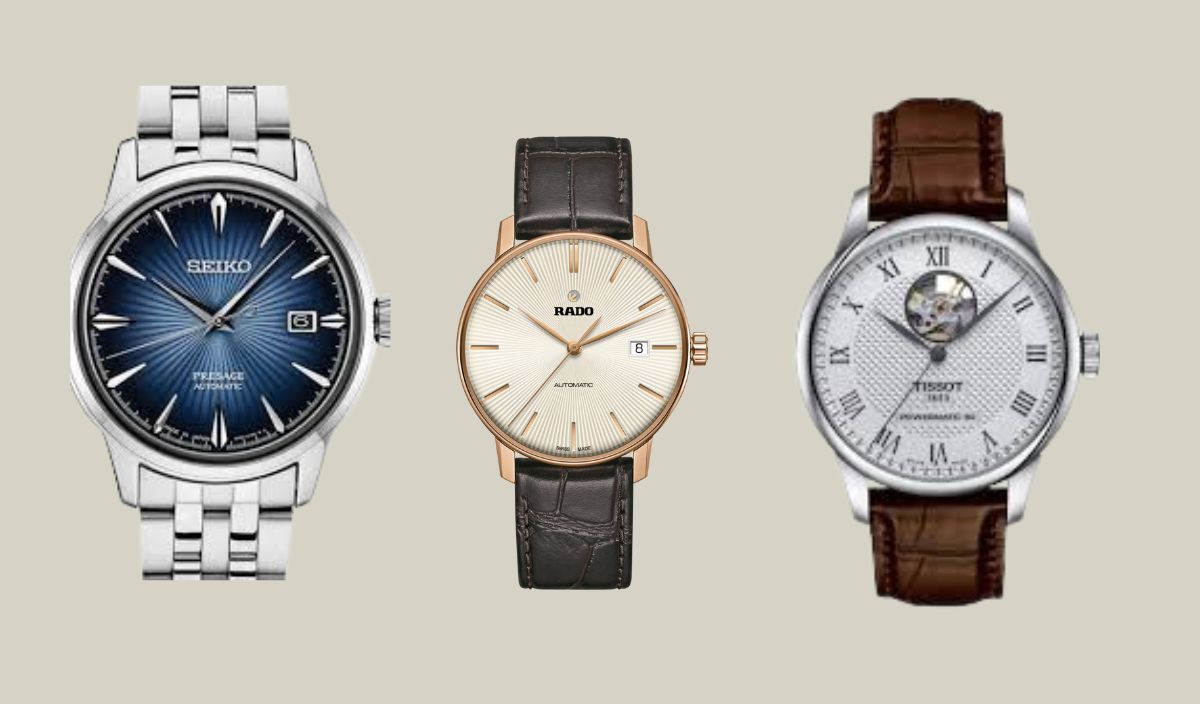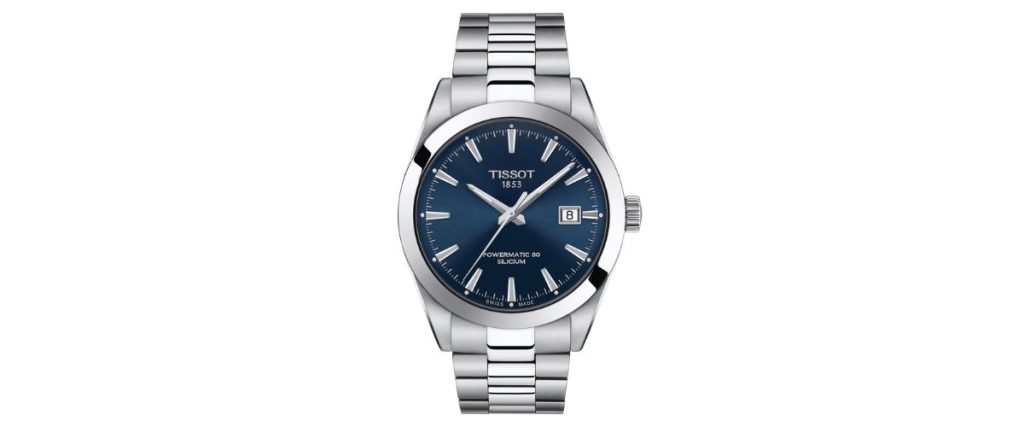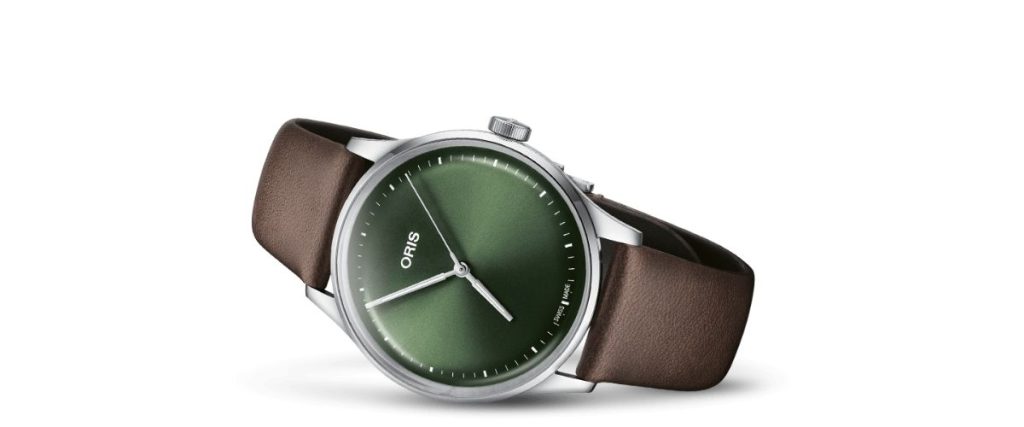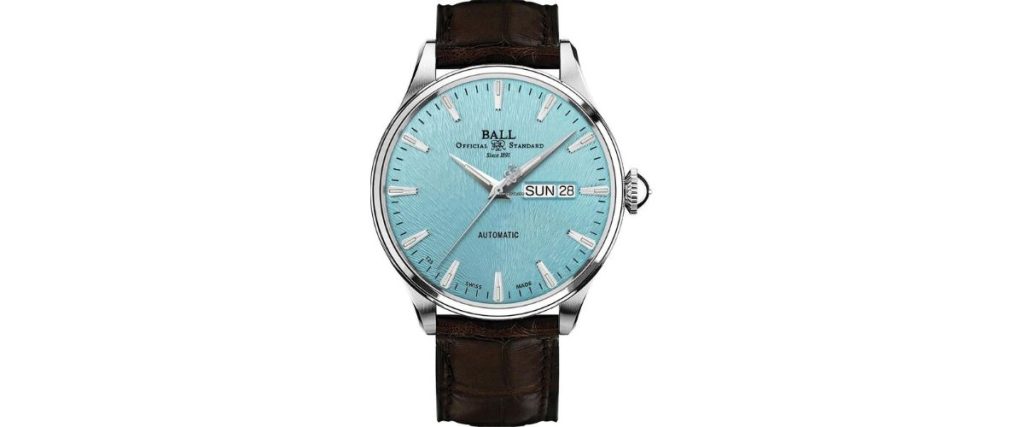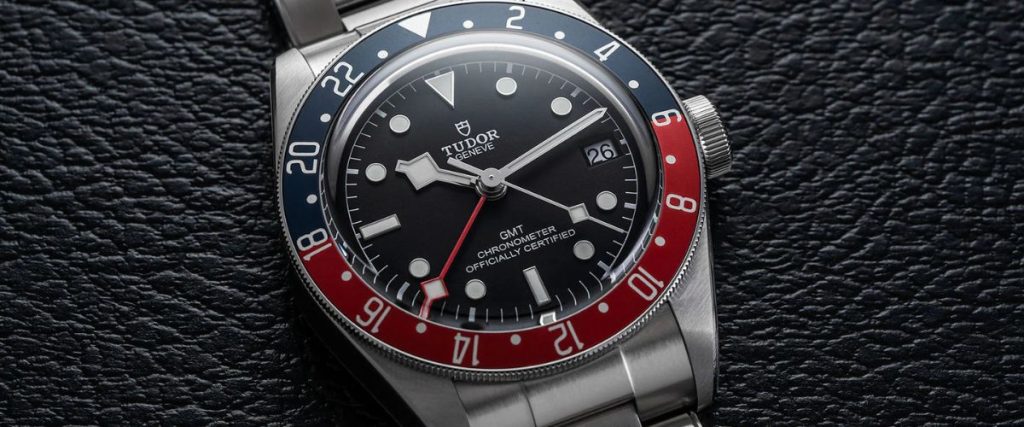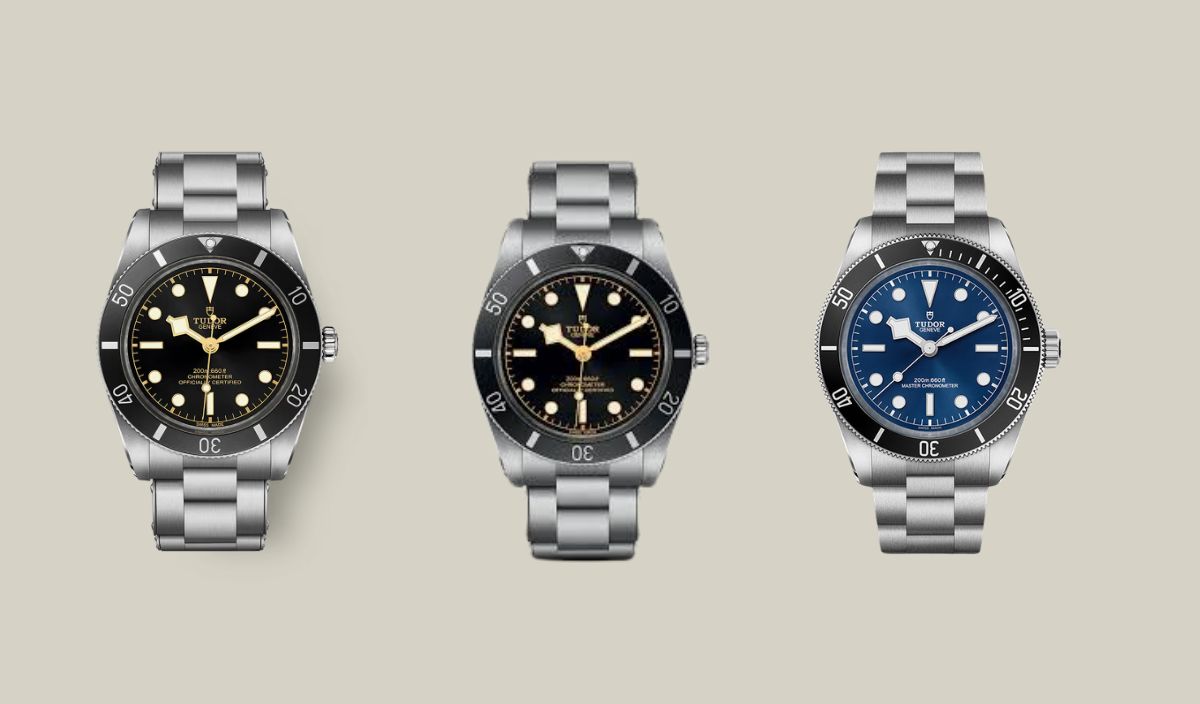
Tudor hasn’t always been the watch brand everyone has talked about. For a long time, it lived in the shadow of its older sibling Rolex.
Sure, some collectors knew there was value there, but for most of us, Tudor just didn’t turn heads. But that’s changed, big time, in the last few years and as such, the Swiss watchmaker no longer lives in the shadows but has exploded in popularity.
In fact, I’d say I see Tudor on more wrists than any other watch brand these days and a big reason for that is because their current line-up is exceptional.
From the rugged Black Bay line to the more refined offerings like the Ranger and Pelagos, the brand has found its identity and it’s killing it, sticking to that sweet spot of heritage, build quality, and real-world pricing.
So if you’re thinking about adding a Tudor to your collection, here are fifteen models you can’t go wrong with.
A Little Background on Tudor
Before I go headfirst into the list of the best Tudor watches of 2025, let’s first just remind ourselves where this Swiss watchmaker came from and what they’ve done to change their reputation so impressively.
Tudor was founded in 1926 by Hans Wilsdorf, the same name behind Rolex. His idea was simple: to offer the same dependable quality and precision Rolex was known for, but at a more accessible price point.
Tudor watches used Rolex cases and crowns early on, but were powered by more affordable Swiss movements. This made them a go-to choice for working professionals and military units looking for rugged, trustworthy timepieces.
For decades, Tudor quietly built a solid reputation, especially in Europe. But by the early 2000s, the brand had faded into the background.
That was until their massive relaunch in 2010. That’s when Tudor started introducing modern classics like the Black Bay, which blended vintage design cues with modern specs.
Since then, the brand has doubled down on in-house movements, expanded globally, and carved out a distinct identity separate from Rolex.
Today, Tudor stands on its own as one of the most exciting names in the watch world. They’ve embraced their history, taken design risks, and nailed the balance between style, performance, and price.
The Best Tudor Watches
With that legacy in mind, let’s now explore the standout models defining Tudor today. From vintage-inspired divers to modern tool watches, here are the best Tudor watches you can buy in 2025.
Tudor Black Bay 58
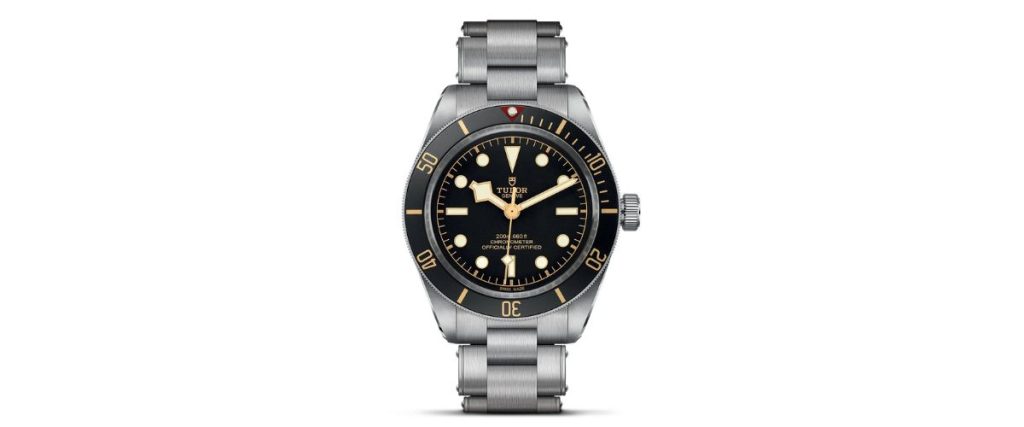
If there’s one Tudor model that really nailed what modern collectors were craving, it’s the Black Bay Fifty-Eight.
First launched in 2018, it’s a tribute to Tudor’s original 1958 dive watch, the legendary Submariner Ref. 7924 but reimagined with contemporary craftsmanship. Its 39mm case hits the sweet spot with its vintage proportions that are perfect for most modern wrists.
As for the design, it feels like a pure throwback with a matte black dial, gilt details, and Tudor’s iconic “snowflake” hands. Inside beats the in-house MT5402 movement, COSC-certified with a solid 70-hour power reserve.
It’s tough, precise, and purposeful. Plus it has a 200 meter water resistance so it’s a true diver but works just as well with a T-shirt as it does with a wetsuit.
Prices start from $3,950
Tudor Black Bay 54

If I was only allowed to choose one watch from this list, the Black Bay 54 is the one I’d choose. Not only is the Black Bay design an easy classic, but the 37mm sizing of the BB54 model is perfect for my smaller wrist, and truthfully just looks great on anyone, male or female. Its compact sizing also works incredibly well with its mid-century aesthetic.
This model channels the spirit of Tudor’s original 1954 Submariner (Ref. 7922), and it does so with a quiet confidence that’s hard to resist. Unlike the slightly larger Black Bay Fifty-Eight, the BB54 is even closer in feel to the classic mid-century divers it draws from.
It’s stripped back in all the best ways with just a matte black dial, snowflake hands, and a clean bezel. Inside, the COSC-certified MT5400 movement delivers the same 70 hours of power and bulletproof reliability.
Prices start from $3,950
Tudor Black Bay 68
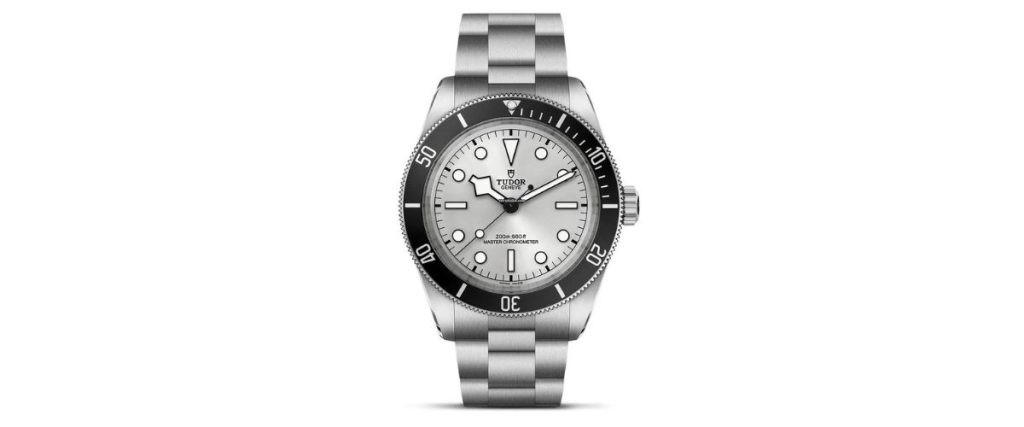
If you love the Black Bay but like your watches big, bold, and unapologetically present, the brand-new Black Bay 68 is for you. Launched only this year in 2025, this 43mm diver bucks the trend of downsizing and embraces a vintage-modern tool watch aesthetic with commanding wrist presence.
Compared to the smaller and more restrained Black Bay 54 and 58, the BB68 is louder in all the right ways. It has a larger case, thicker profile, and a whole lot of attitude.
Inside beats the METAS-certified MT5601-U movement, offering 70 hours of power, anti-magnetic resistance, and chronometer precision.
The fluted bezel, domed sapphire, and brushed case are all as expected, and currently, it’s made available with Tudor blue or silver dials. Each is paired with lume-filled snowflake hands and bold markers.
Prices start from $4,850
Tudor Black Bay Chrono
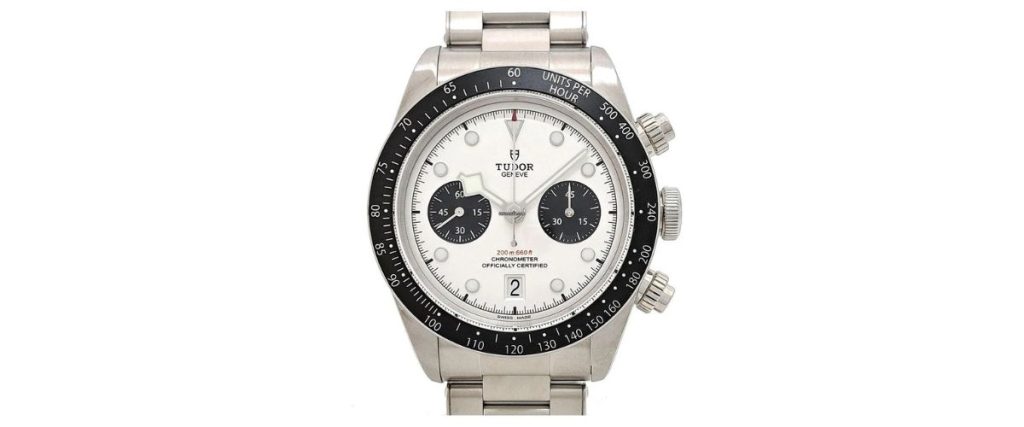
If you love the Black Bay aesthetic but prefer your watches with a shot of motorsport-inspired adrenaline, the Tudor Black Bay Chrono delivers.
It blends dive-watch heritage with racing car precision, housed in a 41mm stainless steel case with a fixed tachymeter bezel, screw-down chrono pushers, and 200 meters of water resistance.
Inside ticks the MT5813 movement, developed with Breitling, featuring a column wheel, vertical clutch, and 70-hour power reserve. It’s still COSC-certified and built for performance.
Design-wise, it’s got everything you’d expect including the signature snowflake hands, crisp sub-dials at 3 and 9, and a clean date at 6. The reverse panda dial stands out most to me for its contrast and legibility, though the range includes classic panda, bold pink, and multiple gold-accented S&G variants.
Prices start from $5,950
Tudor Black Bay GMT

If you like a travel watch, especially one with some vintage-inspired personality, then the Tudor Black Bay GMT is going to be a firm favourite.
The original 41mm model pairs a COSC-certified MT5652 movement with a bold burgundy and blue 24-hour bezel, Tudor’s moody take on the classic “Pepsi” style. It offers true traveller’s GMT functionality, a 70-hour power reserve, and retro design details like the snowflake hands and gilt accents.
For something sleeker, the newer Black Bay 58 GMT brings its slimmer 39mm case together with a subtler black and red “Coke” bezel. It’s powered by the METAS-certified MT5450-U which is Tudor’s first Master Chronometer in the BB58 line for better accuracy, magnetic resistance, and 65 hours of power.
Prices start from $4,325
Tudor Black Bay Bronze
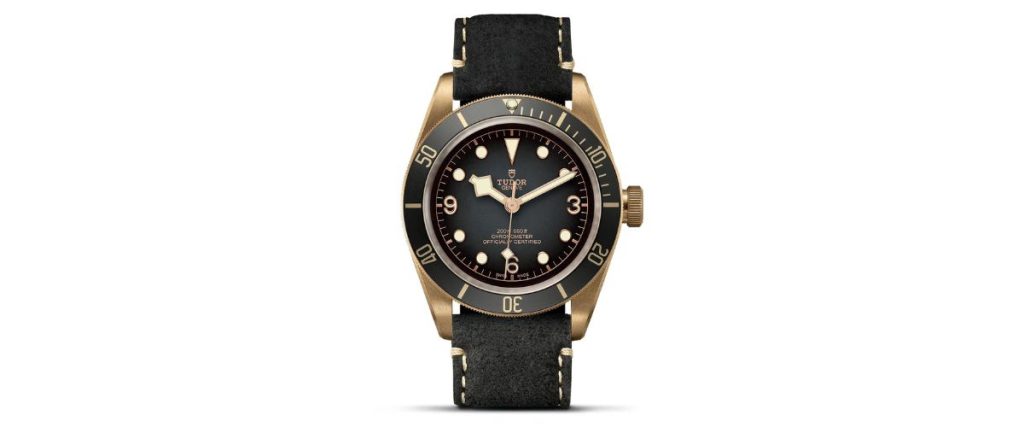
For those who appreciate a watch that evolves with time, bronze offers a unique appeal and Tudor was among the first to embrace it in dive watches. The Black Bay Bronze features a 43mm marine-grade bronze case that develops a distinctive patina over time, reflecting its owner’s journey.
Its Explorer-style dial stands out with luminous Arabic numerals at 3, 6, and 9 o’clock, paired with a sunburst slate-gray finish for a touch of utilitarian elegance.
The bronze bezel and matching woven strap draw inspiration from 1970s French Navy diver straps, blending history with modern design. It’s powered by the COSC-certified MT5601 movement with a 70 hours of power reserve to pair with 200 meters of water resistance.
Price start from $4,800
Tudor Black Bay Pro
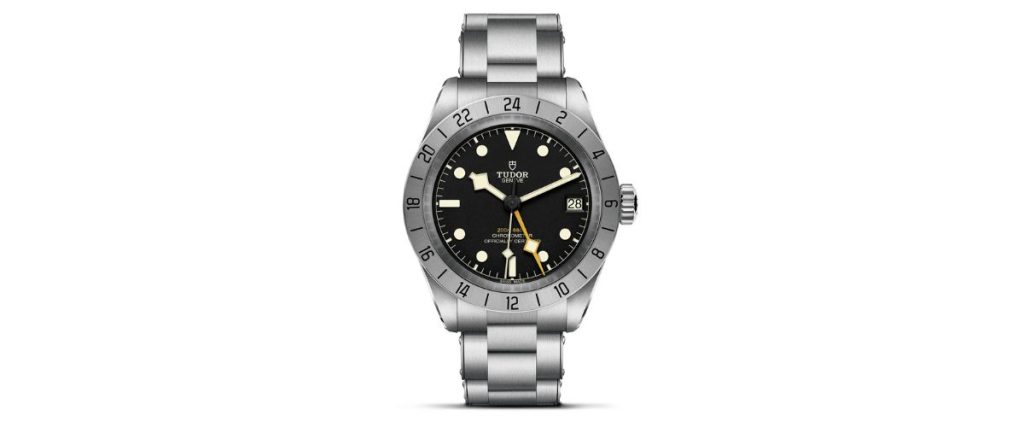
If you’re after GMT functionality but prefer a more understated tool-watch vibe, the Black Bay Pro might be your sweet spot.
Launched in 2022, it trades the colorful bezels of the Black Bay GMT line for a fixed, satin-brushed steel 24-hour bezel that feels more Explorer II than Pepsi. The 39mm case wears compact but is fairly thick so that’s something to keep in mind.
Still, what you get is a rock-solid travel companion with vintage looks and serious specs. The yellow GMT hand pops nicely against the matte black dial, and inside beats the same COSC-certified MT5652 movement used in the standard GMT, complete with true local-jumping hour functionality and a 70-hour power reserve. And just this year, Tudor have added a new crisp white opaline dial model to the mix.
Prices start from $4,175
Tudor Black Bay One

The final Tudor Black Bay in this list is the Black Bay One, a model that softens the line’s traditional rugged tool-watch DNA in favor of something more refined and dressy.
I always think of it as some strange love child between the Black Bay and the Clair de Rose; still vintage-inspired, but with a curvier case, smoother lines, and a more elegant wrist presence.
It’s currently offered in four versatile sizes, 31mm, 36mm, 39mm, and 41mm, making it one of the most unisex offerings Tudor has ever released.
Each model features a fixed bezel, is powered by a COSC-certified in-house movement, and is paired with a polished five-link steel bracelet complete with Tudor’s excellent T-fit clasp for instant micro-adjustments. Dial options include black, silver, blue, and a second blue variant with diamond indices for a touch of sparkle.
Prices start from $3,675
Tudor Pelagos

And then there’s the Tudor Pelagos, a full-on departure from the vintage charm of the Black Bay line into modern tool watch territory.
This is Tudor at its most technical and purpose-built, wrapped in a sleek titanium shell and ready for serious underwater action. There’s no faux patina or gilt dials, just raw capability and clean, contemporary design.
Launched in 2012, the Pelagos remains one of the most underrated modern divers out there. It’s forged in lightweight, hypoallergenic titanium with a matte finish that leans into its utilitarian edge, and it’s water resistant to an impressive 500 meters.
The unidirectional bezel has a fully lumed ceramic insert, and the helium escape valve is there for anyone taking it beyond the recreational zone. It still has the iconic snowflake layout and a COSC-certified MT5612 movement, made in-house with a 70-hour power reserve and silicon hairspring.
Prices start from $4,575
Tudor Pelagos FXD
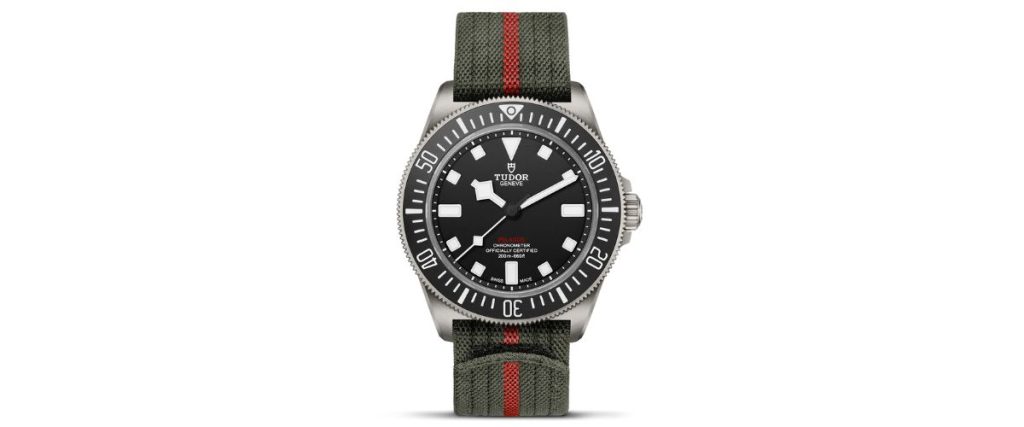
The Pelagos FXD takes the core DNA of the Pelagos and retools it for mission-first functionality. It was designed in collaboration with the Marine Nationale as a modern military dive watch built to exacting specs.
The name “FXD” refers to its most defining feature: the fixed strap bars milled directly into the case. That means there are no spring bars here so the strap, and the watch, will stay on even in the worst conditions.
Also gone is the helium escape valve and the 500 meter depth rating of the standard Pelagos. Instead, you get 200m of water resistance and a slimmer titanium case, and a purpose-driven ethos.
The case back and lugs are solid, and the included woven strap threads through the lugs seamlessly, staying secure even if the strap breaks.
Price: $4,450
Tudor Pelagos Ultra
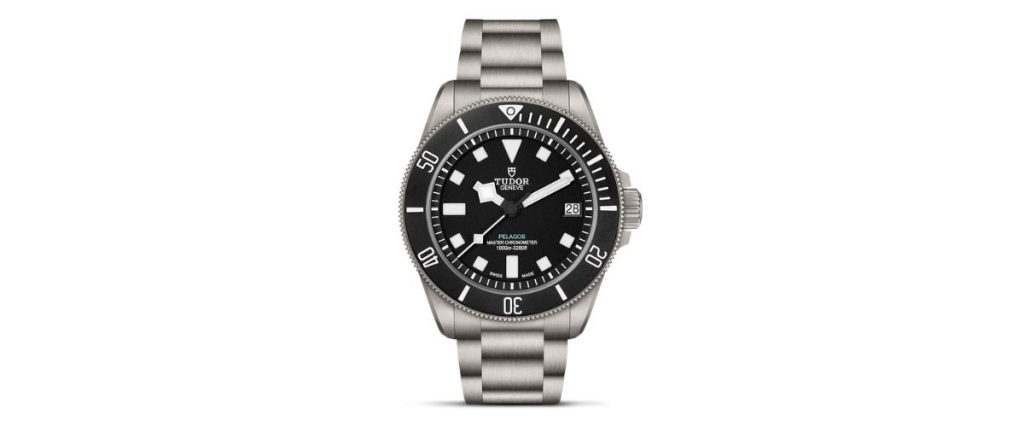
Another new release for 2025, the Tudor Pelagos Ultra is the brand’s boldest dive watch yet. Evolving from the core Pelagos line, it doubles down on technicality with an insanely impressive 1,000 meter, METAS-certified MT5612-U movement, and a redesigned 43mm titanium case.
Despite the major specs, it wears comfortably and retains the line’s tool-watch DNA with matte finishes, a luminous ceramic bezel, and oversized markers to ensure legibility and rugged appeal.
Subtle updates like a smoother rehaut and luminous clasp scale elevate usability. And interestingly, despite it being twice as water resistant as its predecessor, its retail price is only a little more which is definitely worth it in my opinion.
Prices start from $5,950
Tudor Royal
While Tudor may be best known for its dive watches and tool pieces, the Tudor Royal stands out as the brand’s take on sport-luxe. First introduced in the 1950s, the “Royal” name originally signaled Tudor’s pursuit of high-end performance at accessible prices.
Revived in recent years, the modern Royal range leans into that same philosophy by mixing refinement with practicality in a distinctive, integrated-bracelet package.
The design is instantly noticeable, largely due to the notched bezel with polished and brushed elements, curved date window at 12 o’clock, and applied Roman numerals. The integrated bracelet gives the watch a sleek, seamless silhouette, while still delivering robust wearability.
Sizes range from 28mm to 41mm and the dials are done in colours rarely seen elsewhere in Tudor’s portfolio with finishes like copper, chocolate brown, and mother-of-pearl.
Prices start from $5,125
Tudor Clair de Rose

The Tudor Clair de Rose is the brand’s most delicate and poetic collection, designed exclusively for women and named with romance in mind.
“Clair de Rose” is a clever blend of clair de lune which is French for moonlight and Tudor’s historical rose emblem, reflecting a watch that is both luminous and deeply rooted in the brand’s heritage.
Reintroduced in 2017, the Clair de Rose draws from Tudor’s archival elegance, merging elements from past models like the Royal, Princess, and notably, Miss Tudor.
Its most distinctive feature is the blue cabochon winding crown and elegantly detailed dial with a central fluted guilloché motif. The model comes in three case sizes of 26mm, 30mm, and 34mm and is powered by a reliable ETA automatic movement.
Prices start from $2,525
Tudor 1926

Inspired by the year the Swiss watchmaker was born, the Tudor 1926 collection captures the elegance of vintage watchmaking with just the right touch of modern flair.
It’s the kind of watch that feels timeless the moment you put it on with its clean domed dials, subtle waffle textures, and classic detailing that nod to a more traditional era.
You can tailor it to your style too, with sizes ranging from 28mm to 41mm, steel or two-tone finishes, and dials that range from crisp black to warm opaline or silver.
Some even sparkle with diamond markers if you like a bit of shine. It’s powered by a solid automatic movement so it’s still built with everyday durability in mind.
Price start from $2,225
Tudor Ranger
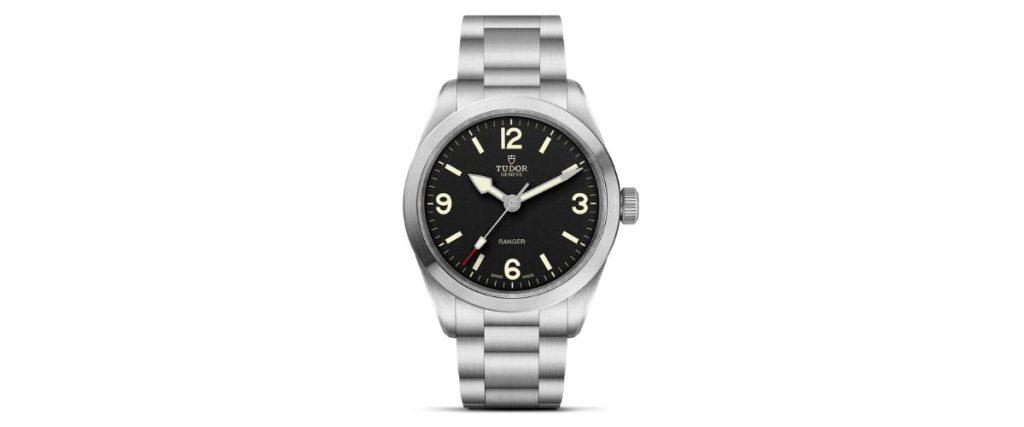
We’re rounding this list off with another tool watch from Tudor, because honestly, it’s the genre the brand does best. The Tudor Ranger is incredibly underrated in my opinion, offering a no-nonsense, rugged alternative to their more hyped dive watches.
It’s built around a clean, matte black dial with bold, easy-to-read numerals and a simple 39mm steel case that feels both solid and comfortable.
There are no added complications, not even a date window, for no distractions, powered by Tudor’s in-house calibre MT5402 which boasts a 70 hour power reserve. It also boasts 100 meters of water resistance and a satin-finished case with subtle polished touches adding to its utilitarian aesthetic.
Prices start from $3,225
Conclusion
Tudor’s lineup in 2025 is nothing short of impressive. Whether you’re drawn to the elegance of their dress watches or the ruggedness of their military-inspired offerings, there’s no denying that the brand has something for everyone.
But at the heart of Tudor’s resurgence are its tool watches. The Black Bay range, in particular, has come to define modern Tudor. Each model in the collection speaks to the brand’s heritage, reliability, and no-nonsense performance.
While all Tudor watches have their strengths, it’s the dive watches and purpose-built pieces like the Pelagos and Ranger that truly elevate the brand.
So, while you really can’t go wrong with any Tudor, if you’re chasing the soul of the brand, look no further than the Black Bay and its tool watch siblings. That’s where Tudor shines brightest in my opinion.


